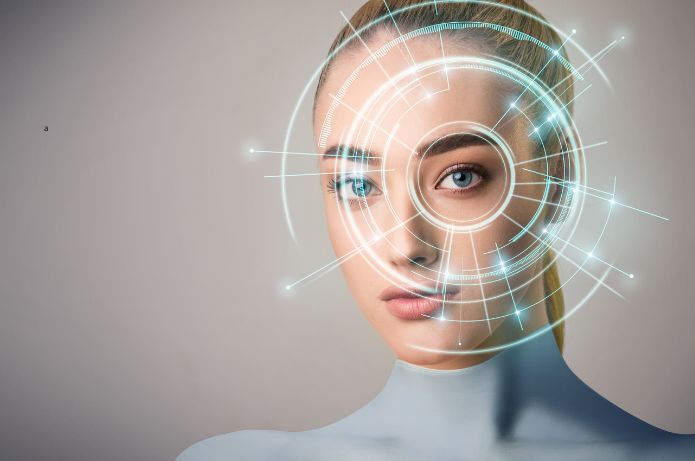As companies embrace generative AI, leaders must reflect on whether employee training is keeping pace with this evolution. Nearly half of global employers (48%) already use AI, but the lack of talent with specific skills concerns 31% of them. The data is from Trends Report 2025 from ManpowerGroup, a global leader in workforce solutions.
Despite the focus on innovative adoption, companies often struggle with preparing professionals to use AI tools, which can contribute, among other factors, to a talent shortage in the market — the rate in Brazil reaches 81%, according to data from Talent Shortage research, also from ManpowerGroup. Beyond just implementing technology, leaders need to consider what and how they will use it, and what employees need to improve their skills.
This is because many companies end up focusing on the productivity that AI can bring, without clearly defining the strategic intent behind its use. It does, however, help productivity, as long as it has humans behind it to take it to its full potential. Proof of this is that the performance of trained professionals can increase by up to 40% with the tool, compared to those who don't use it, according to studies by Harvard Business Review, with Boston Consulting Group.
However, for Andréa Felgueiras, executive marketing manager for talent acquisition at ManpowerGroup, those who don't yet have this training may feel overwhelmed by the productivity demands that AI brings. "A lack of clarity about how solutions will be adopted, and employee preparation, can have an impact on their mental health and efficiency in meeting demands. Many don't know what AI is, so they won't know how to optimize its use. At the same time, there are those who do know, but lack the skills required for the role. To avoid these scenarios, companies need to start from scratch, identifying how the tools will be used and the potential bottlenecks and challenges, both in terms of employees and business innovation," she comments.
To empower employees to make successful use of available resources, it's helpful to map their levels of knowledge about artificial intelligence. This allows you to determine which paths to follow for each profile, with introductory or intensive courses. From there, you can develop learning journeys for each level and monitor their progress.
This continuous training proves to be the way to meet the growing demand for professionals capable of working with AI and overcome the existing skills gap. Employers need to explore this as a way to grow their businesses and address the talent shortage.
"This AI training and awareness must be a 360-degree movement, across all sectors of the company, not just within a specific segment. This includes C-suite and leadership, who will take the lead and manage employees; and recruiters, who will be on the lookout for new talent and need to know how to identify the necessary AI skills," comments the executive. "Of course, professionals being curious and dedicated to training are important differentiators, but in this race to adopt AI, companies are the ones taking the lead," she adds.
These changes will help professionals and employers avoid becoming obsolete in the face of AI's evolution in the job market. After all, in five years, 69 million new jobs will be created, and the skills required are expected to change by 50% (compared to 2016); generative AI alone is expected to accelerate this transformation to 68%, they point out. data from the World Economic Forum.
The executive emphasizes that the movement will require cultural transformations within companies, like every innovation that came before it and redefined the way we work. "We need to find a balance between wanting to innovate and having a team prepared for it," adds Andréa.


